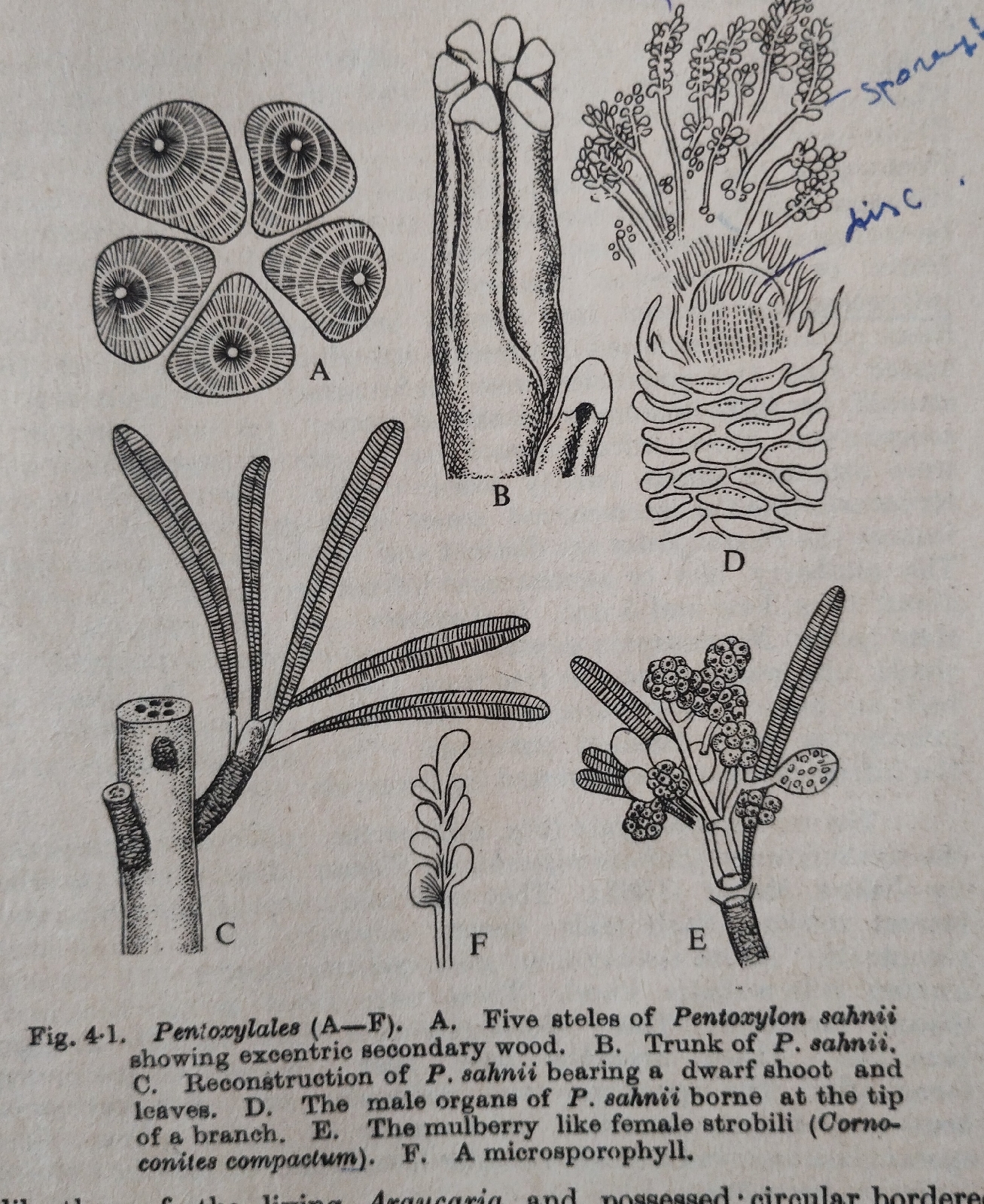Barfoed's Test
Barfoed's Test
Barfoed's Test is used to detect the presence of monosaccharides in an unknown sample solution.
Principle:
In this reaction copper (ll) acetate reduces to copper(I) oxide (brick red ppt.).
Only reducing sugar responses in this test, not by the non -reducing sugar.
Experiment | Observation | Inference |
To about 1 ml of sample solution, 2 ml Barfoed's reagent was added and the mixture was boiled in a water bath for 1- 2 minutes. | Brick red ppt or crimson red ppt appeared within 2 minutes of boiling. | Reducing sugar present in the sample.Since brick red ppt of copper(ll) oxide appeared within 2 minutes of heating the sample contains glucose/ fructose/galactose ( monosaccharides). |
If there is no response within 3 minutes of boiling , then it the boiling continued upto 10 minutes. | Brick red ppt of copper (ll) oxide settled at the bottom of the test tube very slowly. | The sample contains reducing sugar and it is disaccharide (lactose, maltose ,etc). |
Boiling continued for more than 10 minutes. | No change. | There is no reducing sugar present in the sample solution. The sample may contain non reducing sucrose. |
Barfoed's reagent is a week acidic solution. It is prepared by dissolving 13.3 gm copper (ll) acetate in 200 ml of 1% acetic acid solution.
Reactions:-
Cu(CH3COO) +2 H2O → 2 CH3COOH +Cu(OH)2
Cu(OH)2→ CuO +H2O
D-glucose+ 2 CuO → D-gluconic acid +Cu2O (brick red ppt.)



Comments
Post a Comment